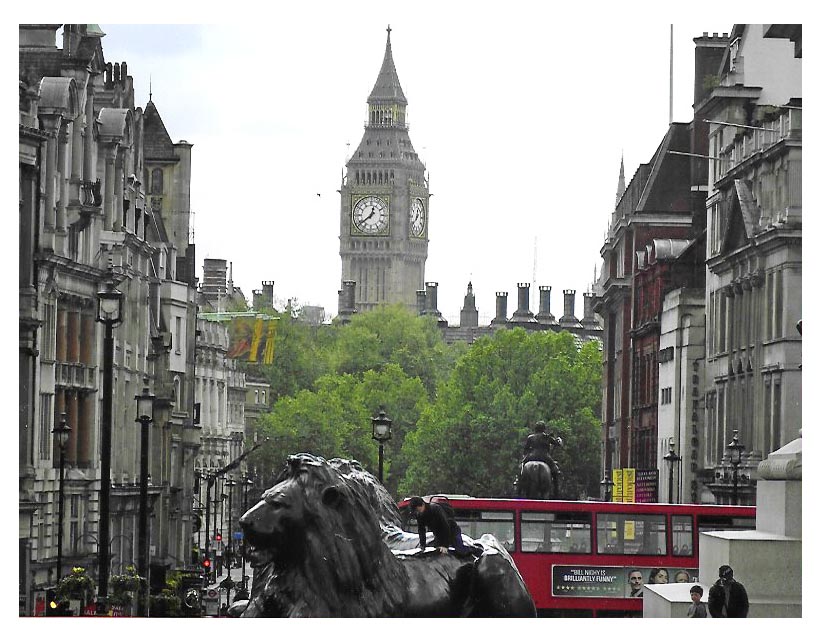

Few can know London, which is a vast city of more than nine million residents, as Samuel Johnson knew it in the 1760s when the city had 700,000 residents. James Boswell gave the advice that “If you wish to have a just notion of the magnitude of this City, it is in the multiplicity of human habitations which are crowded together that the wonderful immensity of London consists.”
London is approximately 2,000 years old and has survived centuries of decay, fire, warfare, and demolition. Roman settlement from 43 AD to 410 AD still can be seen in sections of walls that protected Londinium from 200 AD. A fort was built in approximately 100 AD as barracks for Roman troops, as was a temple to the god Mithras, the remains of a great amphitheatre and those walls were maintained for more than 1,000 years until they were abandoned and partly demolished in the middle of the 18th Century.
Explore London’s scattered medieval remains beginning at The Guildhall. The great hall lost its roof and most of its interior fittings in the Great Fire of 1666 and again in the bombing of 1940-1941. Between 1050 and 1400 more then 20 religious communities, monasteries, priories, nunneries, abbeys, friaries and hospitals were founded in and around London, usually by wealthy or royal, benefactors.
In the 13th Century the new mendicant orders of friars settled in England. The Franciscans, the Carmelites, the Dominicans had the City walls moved west to accommodate their new friary in 1275. Monastic communities were enlarged and rebuilt up to the early 16th Century funded by the generosity of rich benefactors and the wills of pious citizens.
When Henry VIII in the 1530s took control of the national church and repudiated the authority of the Pope, there were 23 religious communities in London. His 1539 Act of Dissolution led to the abolition of the monastic system. Most of the monastic estates were sold or given to wealthy Londoners or royal favorites and in many cases, the medieval buildings were demolished.
In London between the Restoration of Charles II in 1660 and the French Revolutionary Wars of the 1790s, a wide range of new commercial leisure activities developed which created a vibrant metropolitan cultural life. London gave us the novel, the periodical, or magazine, the musical play, the daily newspaper, the commercial concert and the public art gallery and museum. Two of London’s most important institutions include the coffee house and the pleasure garden.
Pleasure gardens were privately owned parks which offered entertainment, illuminations, music, fireworks, dancing, and skittles for a small entry fee. Some had full-sized gardens with well-managed grounds. In 18th Century London there were more than 50 facilities. You could have a picnic, enjoy a tea garden, or a public house. One had a fenced pleasure garden with a fish pond, walks, arbors, and a field for playing cricket.
Then there is music in this great City.
London for centuries has been a capital where the best European performers and composers found receptive audiences. Those who came thought it was their chance for international stardom. Or to fill their pockets. Ever since the 1670s when London staged its first commercial concert, The Royal Court provided the venue for Handel, Bach, Williams and Holar to be seen and heard. The Chapel Royal Choir was founded by Henry VIII and sustained by his three children. High quality performances were employed by the Crown.
Purcell made his career in the Chapel Royal, Westminster Abbey and the Royal Court, composing music for the King’s worship and masques for his entertainment. Purcell’s operas were staged in the 1690s at London’s only licensed theatre, The Theatre Royal Drury Lane. Purcell’s early death in 1695 created a hiatus in the history of the native English opera which lasted until 1951 when Britten’s Peter Grimes was staged.

